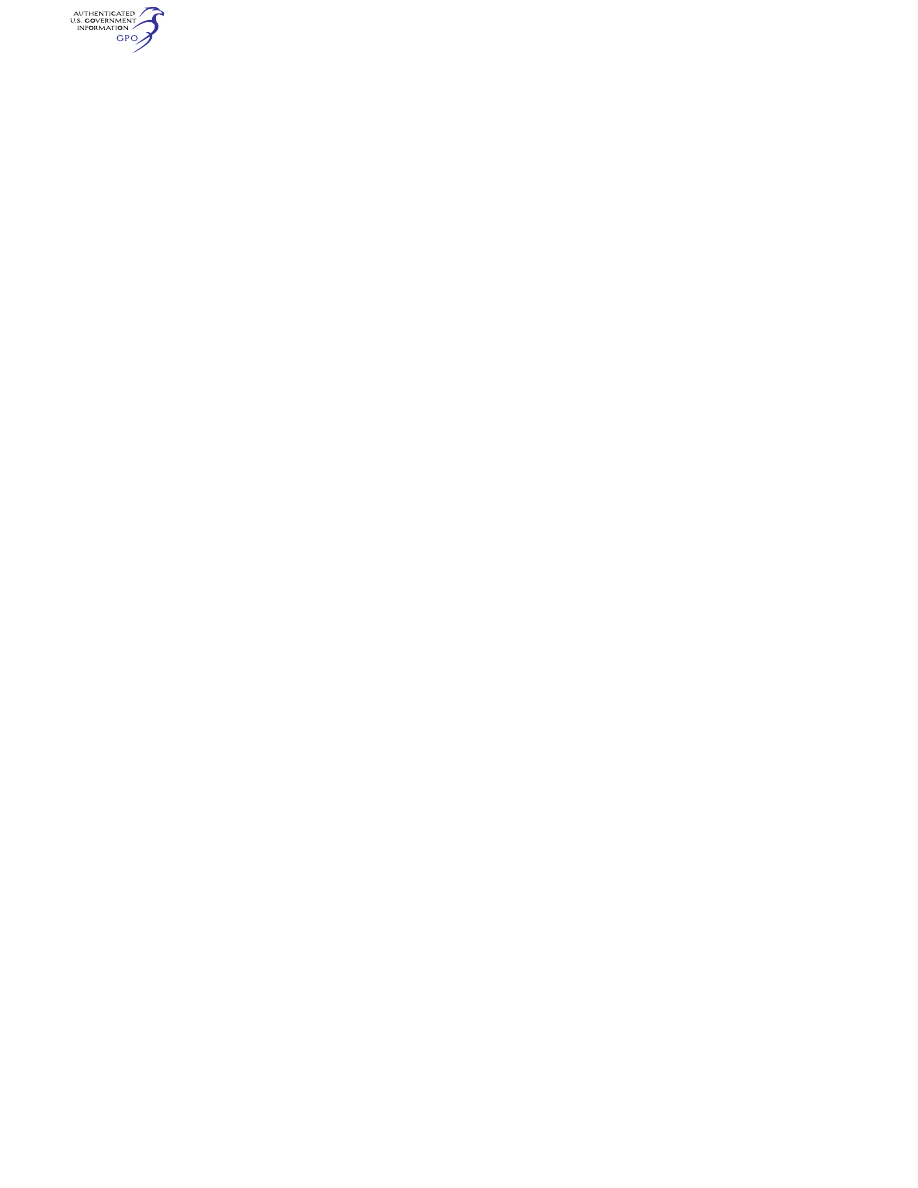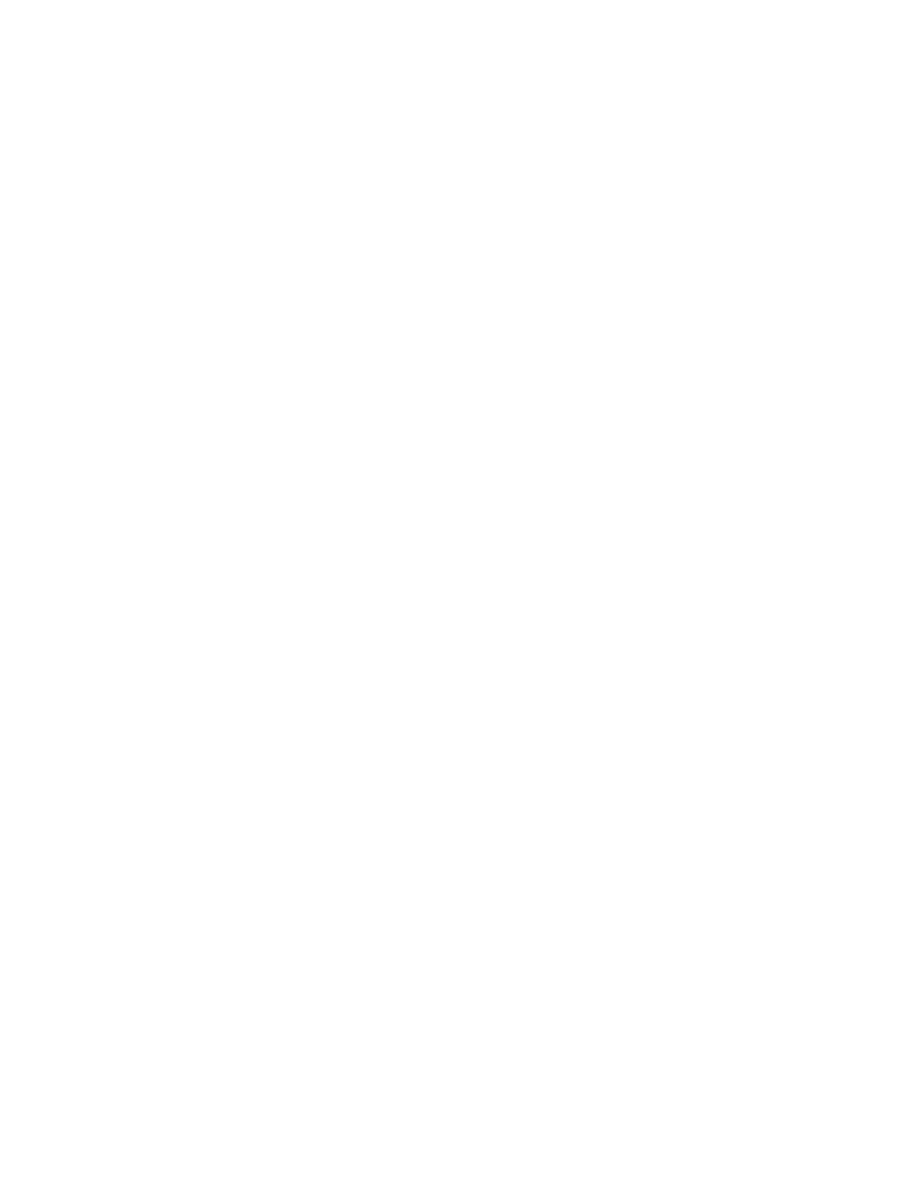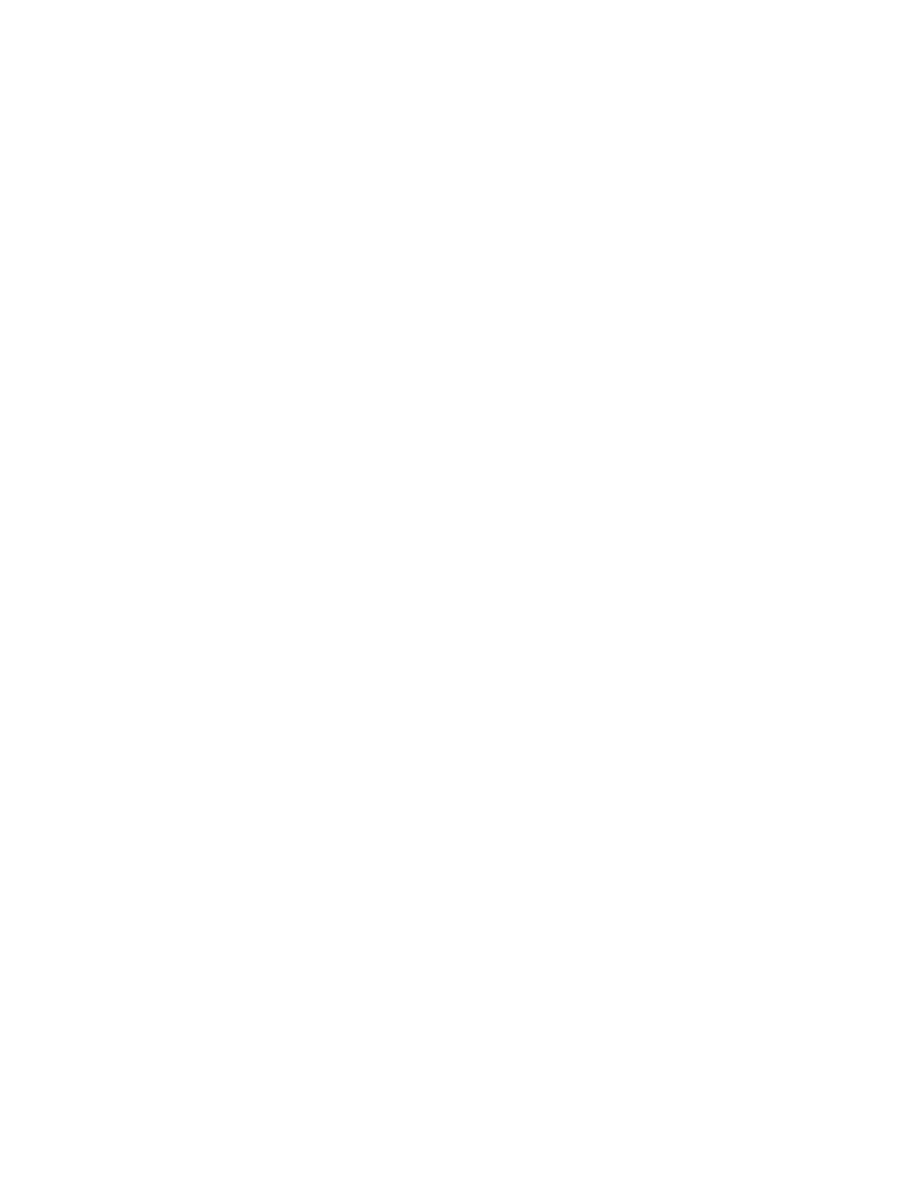
355
Federal Aviation Administration, DOT
§ 125.227
Safety Board under 49 CFR 830 of its
regulations and that results in termi-
nation of the flight, the certificate
holder shall remove the recorder from
the airplane and keep the recorder data
prescribed by this section, as appro-
priate, for at least 60 days or for a
longer period upon the request of the
Board or the Administrator.
(j) Each flight data recorder system
required by this section must be in-
stalled in accordance with the require-
ments of § 25.1459(a) (except paragraphs
(a)(3)(ii) and (7)), (b), (d) and (e) of this
chapter. A correlation must be estab-
lished between the values recorded by
the flight data recorder and the cor-
responding values being measured. The
correlation must contain a sufficient
number of correlation points to accu-
rately establish the conversion from
the recorded values to engineering
units or discrete state over the full op-
erating range of the parameter. Except
for airplanes having separate altitude
and airspeed sensors that are an inte-
gral part of the flight data recorder
system, a single correlation may be es-
tablished for any group of airplanes—
(1) That are of the same type;
(2) On which the flight recorder sys-
tem and its installation are the same;
and
(3) On which there is no difference in
the type design with respect to the in-
stallation of those sensors associated
with the flight data recorder system.
Documentation sufficient to convert
recorded data into the engineering
units and discrete values specified in
the applicable appendix must be main-
tained by the certificate holder.
(k) Each flight data recorder required
by this section must have an approved
device to assist in locating that re-
corder under water.
(l) The following airplanes that were
manufactured before August 18, 1997
need not comply with this section, but
must continue to comply with applica-
ble paragraphs of § 125.225 of this chap-
ter, as appropriate:
(1) Airplanes that meet the Stage 2
noise levels of part 36 of this chapter
and are subject to § 91.801(c) of this
chapter, until January 1, 2000. On and
after January 1, 2000, any Stage 2 air-
plane otherwise allowed to be operated
under Part 91 of this chapter must
comply with the applicable flight data
recorder requirements of this section
for that airplane.
(2) British Aerospace 1–11, General
Dynamics Convair 580, General Dynam-
ics Convair 600, General Dynamics
Convair 640, deHavilland Aircraft Com-
pany Ltd. DHC–7, Fairchild Industries
FH 227, Fokker F–27 (except Mark 50),
F–28 Mark 1000 and Mark 4000, Gulf-
stream Aerospace G–159, Jetstream 4100
Series, Lockheed Aircraft Corporation
Electra 10–A, Lockheed Aircraft Cor-
poration Electra 10–B, Lockheed Air-
craft Corporation Electra 10–E, Lock-
heed Aircraft Corporation Electra L–
188, Lockheed Martin Model 382 (L–100)
Hercules, Maryland Air Industries, Inc.
F27, Mitsubishi Heavy Industries, Ltd.
YS–11, Short Bros. Limited SD3–30,
Short Bros. Limited SD3–60.
(m) All aircraft subject to the re-
quirements of this section that are
manufactured on or after April 7, 2010,
must have a flight data recorder in-
stalled that also—
(1) Meets the requirements in
§ 25.1459(a)(3), (a)(7), and (a)(8) of this
chapter; and
(2) Retains the 25 hours of recorded
information required in paragraph (f)
of this section using a recorder that
meets the standards of TSO–C124a, or
later revision.
(n) In addition to all other applicable
requirements of this section, all Boeing
737 model airplanes manufactured after
August 18, 2000 must record the param-
eters listed in paragraphs (a)(88)
through (a)(91) of this section within
the ranges, accuracies, resolutions, and
recording intervals specified in Appen-
dix E to this part. Compliance with
this paragraph is required no later
than February 2, 2011.
[Doc. No. 28109, 62 FR 38387, July 17, 1997; 62
FR 48135, Sept. 12, 1997, as amended by Amdt.
125–42, 68 FR 42937, July 18, 2003; 68 FR 50069,
Aug. 20, 2003; Amdt. 125–54, 73 FR 12568, Mar.
7, 2008; Amdt. 125–56, 73 FR 73179, Dec. 2, 2008;
Amdt. 125–54, 74 FR 32801, 32804, July 9, 2009]
§ 125.227 Cockpit voice recorders.
(a) No certificate holder may operate
a large turbine engine powered airplane
or a large pressurized airplane with
four reciprocating engines unless an
approved cockpit voice recorder is in-
stalled in that airplane and is operated

356
14 CFR Ch. I (1–1–24 Edition)
§ 125.227
continuously from the start of the use
of the checklist (before starting en-
gines for the purpose of flight) to com-
pletion of the final checklist at the ter-
mination of the flight.
(b) Each certificate holder shall es-
tablish a schedule for completion, be-
fore the prescribed dates, of the cock-
pit voice recorder installations re-
quired by paragraph (a) of this section.
In addition, the certificate holder shall
identify any airplane specified in para-
graph (a) of this section he intends to
discontinue using before the prescribed
dates.
(c) The cockpit voice recorder re-
quired by this section must also meet
the following standards:
(1) The requirements of part 25 of this
chapter in effect after October 11, 1991.
(2) After September 1, 1980, each re-
corder container must—
(i) Be either bright orange or bright
yellow;
(ii) Have reflective tape affixed to the
external surface to facilitate its loca-
tion under water; and
(iii) Have an approved underwater lo-
cating device on or adjacent to the con-
tainer which is secured in such a man-
ner that it is not likely to be separated
during crash impact, unless the cockpit
voice recorder and the flight recorder,
required by § 125.225 of this chapter, are
installed adjacent to each other in such
a manner that they are not likely to be
separated during crash impact.
(d) In complying with this section, an
approved cockpit voice recorder having
an erasure feature may be used so that,
at any time during the operation of the
recorder, information recorded more
than 30 minutes earlier may be erased
or otherwise obliterated.
(e) For those aircraft equipped to
record the uninterrupted audio signals
received by a boom or a mask micro-
phone the flight crewmembers are re-
quired to use the boom microphone
below 18,000 feet mean sea level. No
person may operate a large turbine en-
gine powered airplane or a large pres-
surized airplane with four recipro-
cating engines manufactured after Oc-
tober 11, 1991, or on which a cockpit
voice recorder has been installed after
October 11, 1991, unless it is equipped to
record the uninterrupted audio signal
received by a boom or mask micro-
phone in accordance with § 25.1457(c)(5)
of this chapter.
(f) In the event of an accident or oc-
currence requiring immediate notifica-
tion of the National Transportation
Safety Board under 49 CFR part 830 of
its regulations, which results in the
termination of the flight, the certifi-
cate holder shall keep the recorded in-
formation for at least 60 days or, if re-
quested by the Administrator or the
Board, for a longer period. Information
obtained from the record is used to as-
sist in determining the cause of acci-
dents or occurrences in connection
with investigations under 49 CFR part
830. The Administrator does not use the
record in any civil penalty or certifi-
cate action.
(g) By April 7, 2012, all turbine en-
gine-powered airplanes subject to this
section that are manufactured before
April 7, 2010, must have a cockpit voice
recorder installed that also—
(1) Meets the requirements of
§ 25.1457(a)(3), (a)(4), (a)(5), and (d)(6) of
this chapter;
(2) Retains at least the last 2 hours of
recorded information using a recorder
that meets the standards of TSO–C123a,
or later revision; and
(3) Is operated continuously from the
start of the use of the checklist (before
starting the engines for the purpose of
flight), to the completion of the final
checklist at the termination of the
flight.
(h) All turbine engine-powered air-
planes subject to this section that are
manufactured on or after April 7, 2010,
must have a cockpit voice recorder in-
stalled that also—
(1) Is installed in accordance with the
requirements of § 25.1457 (except for
paragraph (a)(6)) of this chapter;
(2) Retains at least the last 2 hours of
recorded information using a recorder
that meets the standards of TSO–C123a,
or later revision; and
(3) Is operated continuously from the
start of the use of the checklist (before
starting the engines for the purpose of
flight), to the completion of the final
checklist at the termination of the
flight.
(4) For all airplanes manufactured on
or after December 6, 2010, also meets
the requirements of § 25.1457(a)(6) of
this chapter.

357
Federal Aviation Administration, DOT
§ 125.241
(i) All airplanes required by this part
to have a cockpit voice recorder and a
flight data recorder, that install
datalink communication equipment on
or after December 6, 2010, must record
all datalink messages as required by
the certification rule applicable to the
airplane.
[Doc. No. 25530, 53 FR 26149, July 11, 1988, as
amended by Amdt. 125–54, 73 FR 12568, Mar. 7,
2008; Amdt. 125–54, 74 FR 32801, July 9, 2009;
Amdt. 125–60, 75 FR 17046; Apr. 5, 2010]
§ 125.228 Flight data recorders: fil-
tered data.
(a) A flight data signal is filtered
when an original sensor signal has been
changed in any way, other than
changes necessary to:
(1) Accomplish analog to digital con-
version of the signal;
(2) Format a digital signal to be
DFDR compatible; or
(3) Eliminate a high frequency com-
ponent of a signal that is outside the
operational bandwidth of the sensor.
(b) An original sensor signal for any
flight recorder parameter required to
be recorded under § 125.226 may be fil-
tered only if the recorded signal value
continues to meet the requirements of
Appendix D or E of this part, as appli-
cable.
(c) For a parameter described in
§ 125.226(a) (12) through (17), (42), or (88),
or the corresponding parameter in Ap-
pendix D of this part, if the recorded
signal value is filtered and does not
meet the requirements of Appendix D
or E of this part, as applicable, the cer-
tificate holder must:
(1) Remove the filtering and ensure
that the recorded signal value meets
the requirements of Appendix D or E of
this part, as applicable; or
(2) Demonstrate by test and analysis
that the original sensor signal value
can be reconstructed from the recorded
data. This demonstration requires
that:
(i) The FAA determine that the pro-
cedure and the test results submitted
by the certificate holder as its compli-
ance with paragraph (c)(2) of this sec-
tion are repeatable; and
(ii) The certificate holder maintains
documentation of the procedure re-
quired to reconstruct the original sen-
sor signal value. This documentation is
also subject to the requirements of
§ 125.226(i).
(d)
Compliance.
Compliance is re-
quired as follows:
(1) No later than October 20, 2011,
each operator must determine, for each
airplane it operates, whether the air-
plane’s DFDR system is filtering any of
the parameters listed in paragraph (c)
of this section. The operator must cre-
ate a record of this determination for
each airplane it operates, and maintain
it as part of the correlation docu-
mentation required by § 125.226(j)(3) of
this part.
(2) For airplanes that are not fil-
tering any listed parameter, no further
action is required unless the airplane’s
DFDR system is modified in a manner
that would cause it to meet the defini-
tion of filtering on any listed param-
eter.
(3) For airplanes found to be filtering
a parameter listed in paragraph (c) of
this section, the operator must either:
(i) No later than April 21, 2014, re-
move the filtering; or
(ii) No later than April 22, 2013, sub-
mit the necessary procedure and test
results required by paragraph (c)(2) of
this section.
(4) After April 21, 2014, no aircraft
flight data recording system may filter
any parameter listed in paragraph (c)
of this section that does not meet the
requirements of Appendix D or E of
this part, unless the certificate holder
possesses test and analysis procedures
and the test results that have been ap-
proved by the FAA. All records of
tests, analysis and procedures used to
comply with this section must be
maintained as part of the correlation
documentation required by
§ 125.226(j)(3) of this part.
[Doc. No. FAA–2006–26135, 75 FR 7356, Feb. 19,
2010]
Subpart G—Maintenance
§ 125.241 Applicability.
This subpart prescribes rules, in addi-
tion to those prescribed in other parts
of this chapter, for the maintenance of
airplanes, airframes, aircraft engines,
propellers, appliances, each item of
survival and emergency equipment,
and their component parts operated
under this part.


